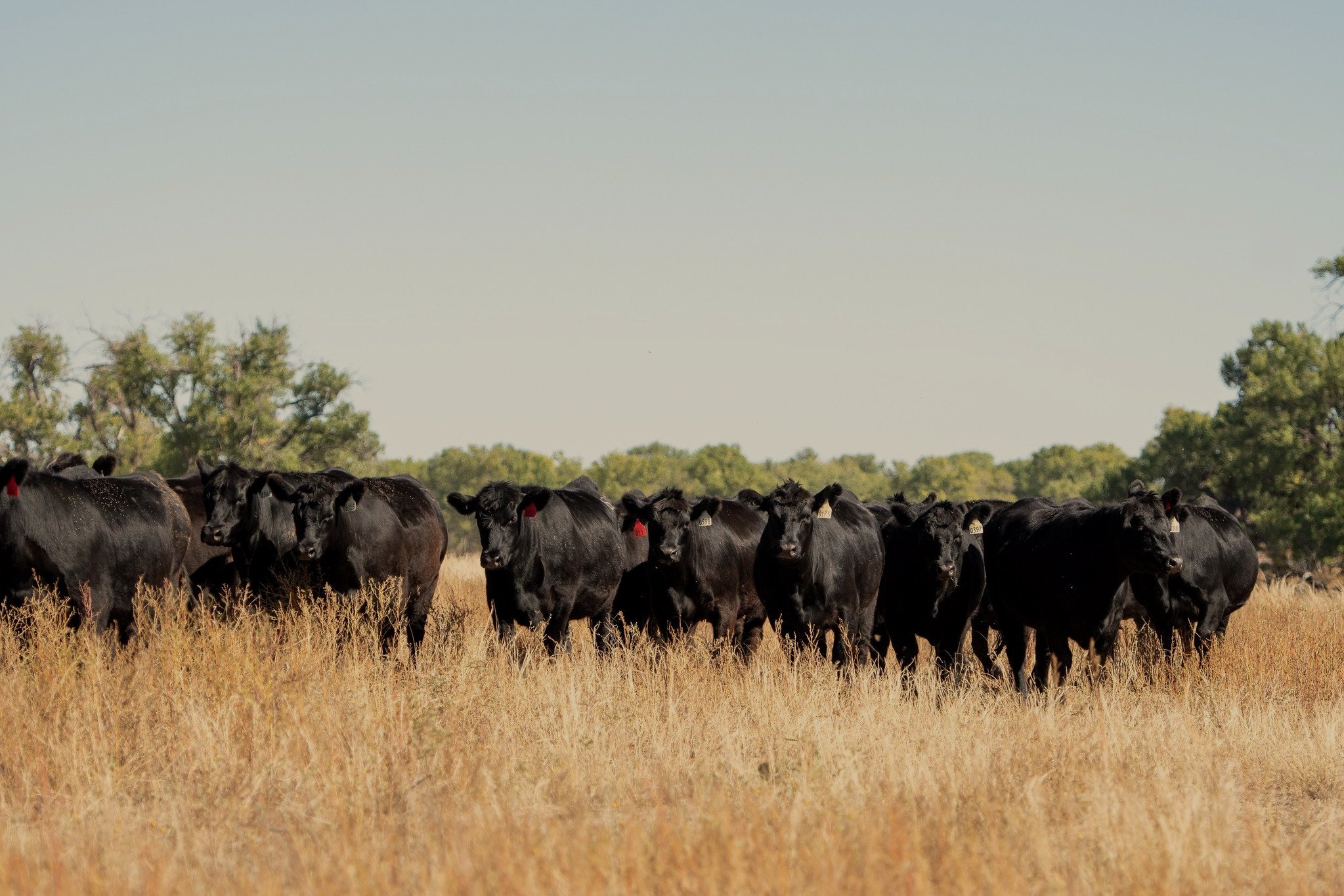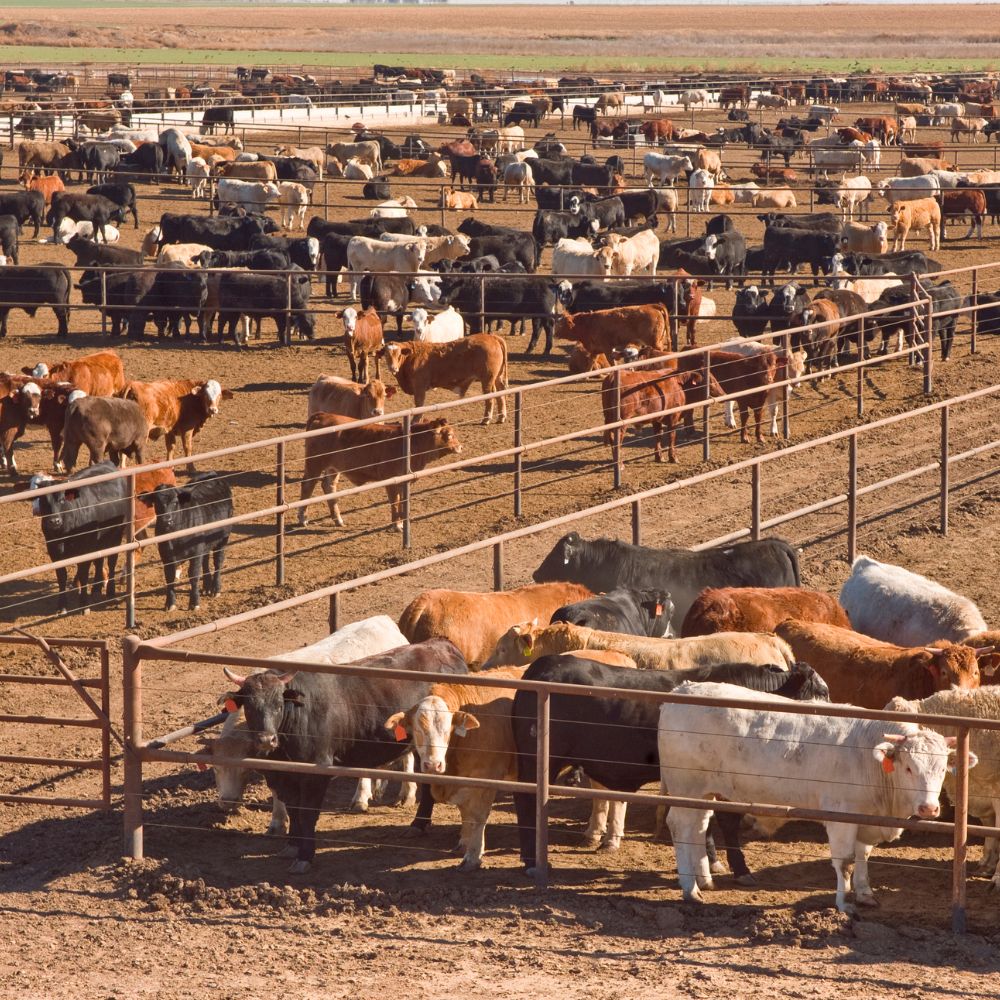Recognizing Livestock Risk Security (LRP) Insurance Policy: A Comprehensive Overview
Browsing the world of animals threat defense (LRP) insurance coverage can be a complex endeavor for lots of in the farming field. From how LRP insurance coverage works to the numerous insurance coverage options available, there is much to discover in this comprehensive overview that can possibly shape the method livestock producers come close to threat management in their companies.

Just How LRP Insurance Functions
Occasionally, understanding the technicians of Animals Danger Defense (LRP) insurance can be intricate, yet damaging down just how it functions can supply clarity for farmers and breeders. LRP insurance coverage is a threat administration tool developed to shield animals producers against unanticipated rate decreases. It's important to keep in mind that LRP insurance policy is not a profits guarantee; rather, it focuses only on rate risk protection.
Eligibility and Insurance Coverage Options

When it comes to coverage options, LRP insurance coverage supplies manufacturers the flexibility to select the insurance coverage degree, protection duration, and endorsements that best match their risk administration requirements. By recognizing the qualification standards and coverage options available, animals manufacturers can make educated choices to manage danger properly.
Benefits And Drawbacks of LRP Insurance
When examining Livestock Risk Protection (LRP) insurance policy, it is vital for animals producers to consider the disadvantages and advantages intrinsic in this danger management tool.

One of the main benefits of LRP insurance coverage is its capability to provide security versus a decline in animals prices. In addition, LRP insurance policy offers a degree of flexibility, enabling manufacturers to customize protection degrees and plan durations to match their specific demands.
However, there are also some disadvantages to consider. One limitation of LRP insurance is that it does not shield versus all kinds of threats, such as disease outbreaks or all-natural disasters. Additionally, costs can in some cases be costly, specifically for manufacturers with huge livestock herds. It is critical for producers to carefully assess their individual risk exposure and economic situation to identify if LRP insurance is the appropriate risk administration device for their operation.
Understanding LRP Insurance Coverage Premiums

Tips for Optimizing LRP Conveniences
Maximizing the benefits of Livestock Danger Security (LRP) insurance requires critical preparation and positive danger management - Bagley Risk Management. To take advantage of your LRP coverage, consider the adhering to ideas:
Regularly Examine Market Conditions: Keep notified about market patterns and cost variations in the livestock sector. By monitoring these elements, you can make enlightened decisions about when to purchase LRP insurance coverage to secure against possible losses.
Set Realistic Insurance Coverage Degrees: When selecting coverage levels, consider your manufacturing expenses, market page price of animals, and potential dangers - Bagley Risk Management. Setting practical protection degrees makes certain that you are sufficiently safeguarded without overpaying for unneeded insurance
Expand Your Insurance Coverage: Rather than relying only on LRP insurance, think about expanding your risk administration methods. Integrating LRP with various other threat management devices such as futures contracts or alternatives can supply comprehensive insurance coverage versus market uncertainties.
Testimonial and Adjust Insurance Coverage On a regular basis: As market conditions alter, occasionally review your LRP protection to guarantee it lines up with your existing risk direct exposure. Readjusting coverage levels and timing of purchases can aid optimize your danger defense Discover More Here approach. By adhering to these ideas, you can optimize the advantages of LRP insurance policy and secure your animals operation against unexpected threats.
Conclusion
To conclude, livestock threat protection (LRP) insurance coverage is a useful device for farmers to handle the financial dangers connected with their livestock operations. By comprehending just how LRP functions, qualification and coverage options, as well as the benefits and drawbacks of this insurance policy, farmers can make enlightened decisions to secure their resources. By thoroughly considering LRP premiums and executing strategies to maximize benefits, farmers can reduce prospective losses and guarantee the sustainability of their operations.
Livestock producers interested in obtaining Animals Threat Defense (LRP) insurance policy can check out an array of qualification requirements and coverage alternatives tailored to their details livestock operations.When it comes to protection alternatives, LRP insurance policy offers manufacturers the versatility to choose the protection level, insurance coverage period, and recommendations that ideal match their risk administration needs.To grasp the ins and outs of Animals Danger Protection (LRP) insurance policy completely, recognizing the variables influencing LRP insurance coverage premiums is critical. LRP insurance coverage premiums are identified by different elements, consisting of the click now coverage degree picked, the expected price of livestock at the end of the coverage period, the kind of animals being insured, and the size of the protection period.Evaluation and Readjust Coverage Routinely: As market problems transform, regularly evaluate your LRP insurance coverage to guarantee it lines up with your existing danger direct exposure.